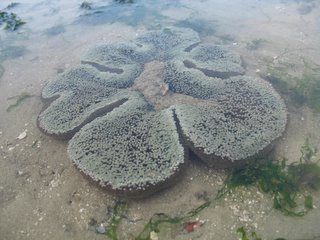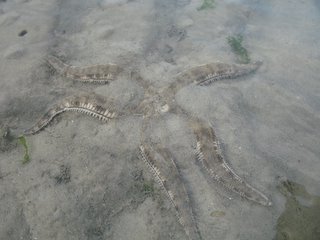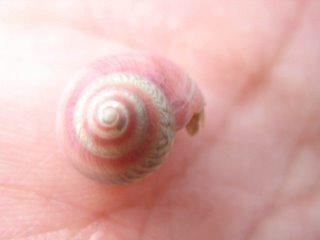Oyster Patties


A Dozen Oysters
One Yam (cut into thin strips)
Two Carrots (cut into thin strips)
Two cups of plain flour
Two Eggs
Half teaspoon of salt for seasoning
Mix all ingredients together to form a thick batter
Fried Batter in high temperature vegatable oil til golden brown.
Yes, folks its that easy, and yummy too!
Very good recipe from Twissti family cookbook!







